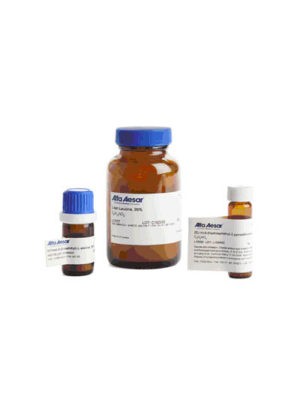Phosphonium Bromides

Phosphonium Bromides
Phosphonium bromide refers to a cationic quaternary organic phosphorus derivative with a bromide anion. Examples of phosphonium bromides include bromotriphenylphosphonium bromide, triphenyl(tetradecyl)phosphonium bromide, ethyltriphenylphosphonium bromide, etc. The alkylated phosphonium bromides are used as a precursor for the Wittig reagent, which is routinely used in alkene synthesis. The phosphonium bromides are also employed in the Kirsanov reaction to produce organophosphorus compounds normally employed as ligands and reagents. Phosphonium bromides are also involved in the Appel reaction, which converts alcohols into halides.
Phosphonium bromides, such as ethyltriphenylphosphonium bromide and tetrabutylphosphonium bromide, are employed as phase transfer catalysts (PTC) in the production of epoxy resins and powder coatings. They are also useful as pharmaceutical intermediates in several synthetic processes. Tetrabutylphosphonium bromide is also used in flavours and fragrances. Tetrabutylphosphonium bromide (TBPB) analogs are found to be muscarinic acetylcholine receptor (mAChRs) agonists. These receptors play a vital role in CNS and peripheral functions such as memory and attention mechanisms, motor control, nociception, regulation of sleep wake cycles, cardiovascular function, renal and gastrointestinal function (Nekoei, M., A quantitative structureactivity relationship study of tetrabutylphosphonium bromide analogs as muscarinic acetylcholine receptors agonists, J. Serb. Chem. Soc., 2011, 76 (8) 11171127).


